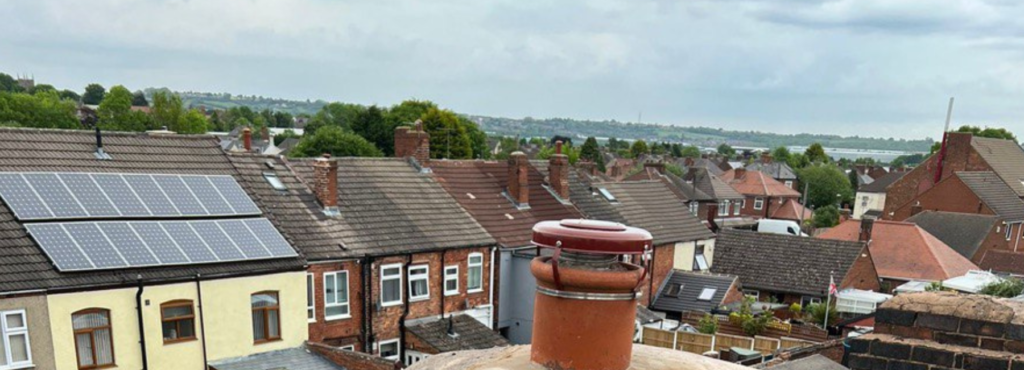Introduction: Lead flashing is vital to your roofing system, providing a watertight seal and safeguarding your home against water infiltration. However, lead is susceptible to corrosion over time, compromising its effectiveness. In this blog post, presented by East Bridgford Roofing Repairs, we’ll explore essential steps to protect lead flashing from corrosion, ensuring its longevity and continued performance in your roofing system.
1. Understand the Causes of Corrosion
Before we dive into protective measures, it’s crucial to understand the factors that contribute to lead flashing corrosion:
Environmental Exposure: Exposure to rain, snow, and harsh weather conditions can accelerate corrosion.
Chemical Reactions: Contact with certain atmospheric chemicals or pollutants can corrode lead.
Electrolysis: When lead comes into contact with dissimilar metals, it can create an electrolytic reaction, leading to corrosion.
Salt Deposits: Salt deposits from seawater can contribute to corrosion in coastal areas.
2. Routine Inspections
Regular inspections of your lead flashing are essential for identifying corrosion at an early stage. Inspect the flashing for signs of damage, including cracks, splits, or areas where the lead appears discoloured or pitted. Promptly addressing any issues you find can prevent further corrosion.
3. Cleaning and Maintenance
Cleaning your lead flashing periodically can help remove dirt, debris, and contaminants contributing to corrosion. Use a gentle detergent and a soft brush or cloth to clean the surface. Rinse thoroughly with clean water and avoid abrasive materials that can scratch the lead.
4. Protective Coatings
Applying a protective coating or sealant designed for lead flashing can create a barrier against corrosion. These coatings help shield the lead from environmental factors and prevent the formation of corrosion-inducing compounds.
5. Isolation and Separation
If possible, avoid direct contact between lead flashing and dissimilar metals to reduce the risk of electrolytic corrosion. Use isolation materials like rubber or plastic gaskets to create a barrier between lead flashing and other metals or materials.
6. Regular Maintenance
A proactive approach to maintenance is crucial. Schedule regular inspections and maintenance with roofing professionals to promptly address any corrosion or damage. They can recommend appropriate protective measures and repairs to extend the life of your lead flashing.
7. Replace When Necessary
In cases where corrosion has significantly compromised the integrity of the lead flashing, replacement may be the most effective solution. Roofing experts can remove the corroded flashing and install new lead flashing to ensure continued protection against water infiltration.
Conclusion: Protecting lead flashing from corrosion is essential for maintaining the integrity of your roofing system. By understanding the causes of corrosion, conducting routine inspections, cleaning, and applying protective coatings when needed, you can extend the life of your lead flashing and prevent costly water damage to your home. If you have concerns about the condition of your lead flashing or require maintenance, consult with professionals like East Bridgford Roofing Repairs to ensure that your roofing system remains durable and watertight for years to come.
Call us on: 0115 647 1193
Click here to find out more about East Bridgford Roofing Repairs
Click here to complete our contact form and see how we can help with your roofing needs.

